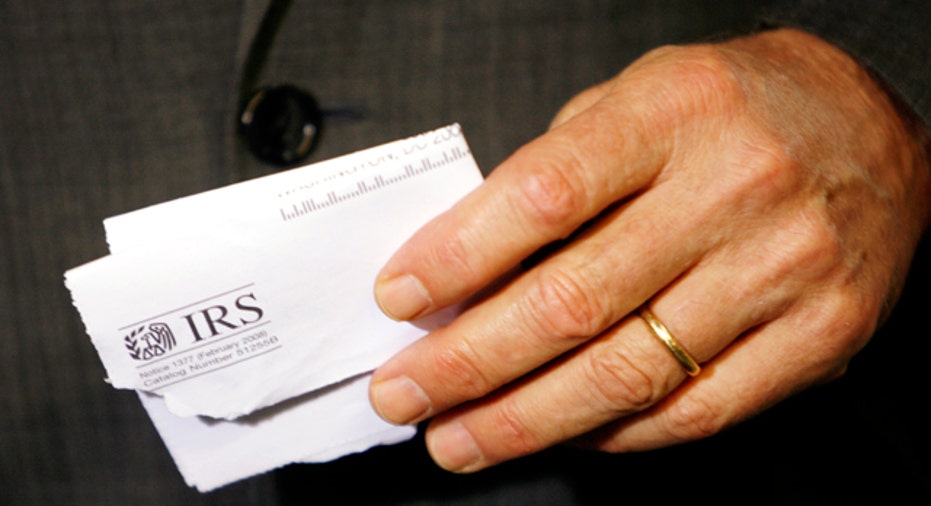Tips for Protecting Your Business During Tax Season

It’s as simples as the unattended laptop at the coffee shop. The owner has wandered off to the rest room or to the counter to order another latte and leaves the machine unattended. It takes a scammer less than 10 seconds to sweep the laptop off the table and head out the door.
Oftentimes, the stolen computer’s hard drive is reformatted and it’s sold, but if the owner stored a copy of a tax return or other documents with personal information, he or she could easily become a victim of identity theft. And that also happens frequently. In fact, the 2012 Identity Theft Report from Javelin Strategy & Research shows there was a new victim of identity fraud once every three seconds last year.
According to Mark Grace of Absolute Software (absolute.com) in Austin, there are 53 laptops stolen every minute, and there has been a 650% increase in identity-theft cases since 2008. Small business owners need to be especially prudent with their personal information as well as their customers’ data.
Many tax professionals, myself included, are creating PDF files of client tax returns as the official client copy rather than print one out. In our office, every tax return that is emailed to a client in this format is password protected. To me, that’s safer than a hard copy of the tax return with Social Security numbers visible. Yet, how safe is it? Passwords can be hacked through and valuable data collected. In fact, 50% of mobile device users, including laptop users, keep passwords and other personal and credit card information on their devices.
If you could just recover the laptop before the information is gleaned! There is a way to do this. Some computers have built in devices to help protect data in case it is lost or stolen.
Built into the BIOS of your laptop (unless you’re a Sony or Apple user) is a location tracking device - a computer GPS. If your laptop is stolen, BIOS, along with software, can aid in tracking and hopefully recovering the device.
Also, you have the ability to remotely delete specific files or even all of the data on your laptop as soon as you discover the theft. And you may publish a Good Samaritan page on startup displaying information on how to return your computer to someone who may have found it. Unfortunately, if you haven’t take precautionary steps like subscribing to software to work with the BIOS, there is no post-theft scenario.
There are also other companies that offer identity protection services. They provide great tips on how to protect your data, such as, shred rather than simply discard any documents that contain personal and banking information.
Password protection of sensitive documents is important. If your tax professional sends you electronic file copies of your tax return, be sure that they are password protected. If you use Turbo Tax to prepare your tax return, they do not automatically arrange for password protection. Follow the steps below to password protect your Turbo Tax prepared income tax returns:
Setting your password 1. Open TurboTax, and then open the tax return file you want to protect. 2. Go to the File menu and select Password. (In TurboTax for Mac 2010 or earlier, look in the TurboTax menu.) 3. Enter and re-enter your password. 4. Select a security question. 5. Enter the answer to the security question. 6. (Mac – recommended) Clear the checkbox Remember this password (add to keychain). 7. Click Add Password.
For more information on identity theft:
Reporting Identity Theft to the IRSIdentity Theft and Tax PreparersProtect Your Teen from Identity Theft